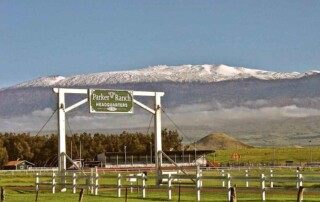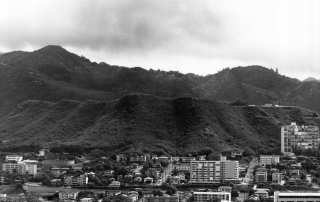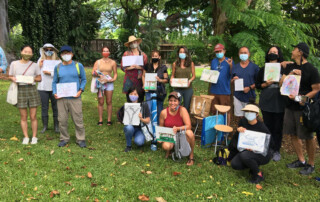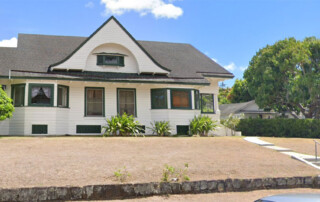Spotlight on Youth: HHF Intern Camille Dahmen
Meet HHF Intern Camille Dahmen! Camille Dahmen graduated from the University of Hawai‘i at Mānoa with a B.A. in History and Political Science in May 2022. Camille began her internship with HHF in late June completing her HHF experience at the Preservation Honor Awards on October 20th. Her interests proved a natural fit for the world of preservation and her enthusiasm for Hawai‘i’s layered history was contagious! During her time with HHF, Camille helped at the Statues of O‘ahu Walking Tour in Waikīkī and the 2022 Preservation Honor Awards and participated in staff outings to view the historic Haleʻiwa’s interpretive signage project and tour the Liljestrand House in Tantalus, O‘ahu. (View photo gallery at bottom.) The interview below took place in October 2022. An abridged version appears in the HHF November 2022 newsletter. Historic Hawai‘i Foundation: Tell us a little about yourself- where are you from, what are your interests and hobbies? Camille Dahmen: I am from California and came to Hawai‘i to go to UH Mānoa. Originally, I came here to major in marine biology, but being immersed in the deep and profound history and culture here made me want to pursue my love and passion for history and political science. I have always been interested in history, playing sports like basketball and volleyball, reading and writing, trying new / fun food places, and going to the beach! HHF: You’ve been employed while interning. Tell us about where you work, what you do there and why it lights you up? Camille Dahmen: While interning at Historic Hawai‘i Foundation I have also been working as a docent at the Pearl Harbor Aviation Museum on Ford Island. The museum recently opened to [...]











